Rising Energy Costs
The increasing cost of energy is a primary driver for the Energy Efficient Lamps Ballast Market. As consumers and businesses face higher electricity bills, there is a growing incentive to adopt energy-efficient solutions. Energy-efficient lamps and their associated ballasts can significantly reduce energy consumption, leading to lower operational costs. According to recent data, energy-efficient lighting can save up to 75% in energy costs compared to traditional lighting solutions. This financial benefit is compelling for both residential and commercial sectors, prompting a shift towards energy-efficient technologies. Consequently, the demand for energy-efficient lamps ballasts is expected to rise as stakeholders seek to mitigate rising energy expenses.
Environmental Awareness
Growing environmental awareness among consumers and businesses is a significant driver for the Energy Efficient Lamps Ballast Market. As climate change and environmental degradation become pressing global issues, there is a heightened focus on sustainability. Consumers are increasingly seeking products that minimize their carbon footprint, and energy-efficient lamps and ballasts align with these values. The market is witnessing a shift as organizations adopt greener practices, often motivated by corporate social responsibility initiatives. This trend is likely to bolster the demand for energy-efficient lighting solutions, as stakeholders recognize the importance of reducing energy consumption and promoting environmental stewardship.
Technological Innovations
Technological innovations are transforming the Energy Efficient Lamps Ballast Market. Advances in ballast technology, such as digital ballasts and smart lighting systems, enhance the efficiency and performance of energy-efficient lamps. These innovations allow for better control over lighting systems, including dimming capabilities and integration with building management systems. The introduction of LED technology has also revolutionized the market, as LED lamps require specific ballasts that optimize their performance. As technology continues to evolve, the market is expected to witness increased adoption of advanced ballasts that improve energy efficiency and reduce waste, thereby driving overall market growth.
Government Incentives and Regulations
Government incentives and regulations play a crucial role in shaping the Energy Efficient Lamps Ballast Market. Many governments have implemented policies aimed at reducing energy consumption and promoting sustainable practices. These include tax credits, rebates, and grants for adopting energy-efficient technologies. For instance, certain regions have mandated the use of energy-efficient lighting in new construction and renovations. Such regulations not only encourage the adoption of energy-efficient lamps and ballasts but also create a competitive market environment. The presence of these incentives is likely to drive market growth as manufacturers and consumers align with regulatory frameworks to benefit from financial support.
Market Demand for Smart Lighting Solutions
The rising demand for smart lighting solutions is influencing the Energy Efficient Lamps Ballast Market. As smart home technology gains traction, consumers are increasingly interested in integrated lighting systems that offer convenience and energy savings. Smart ballasts that can be controlled remotely or programmed for specific lighting needs are becoming more popular. This trend is supported by the growing Internet of Things (IoT) ecosystem, which facilitates the development of interconnected devices. The integration of smart technology with energy-efficient lamps and ballasts not only enhances user experience but also contributes to energy savings, thereby driving market growth in this segment.

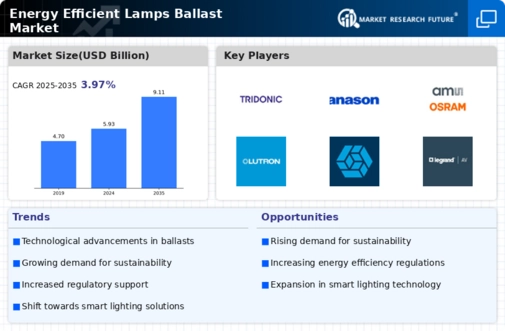
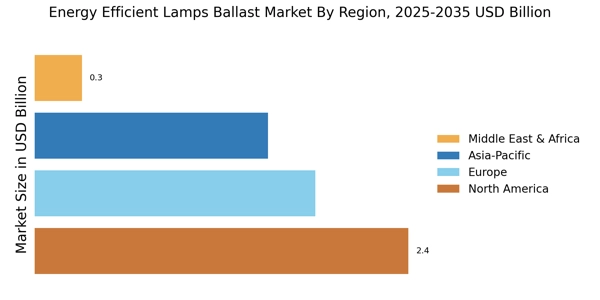
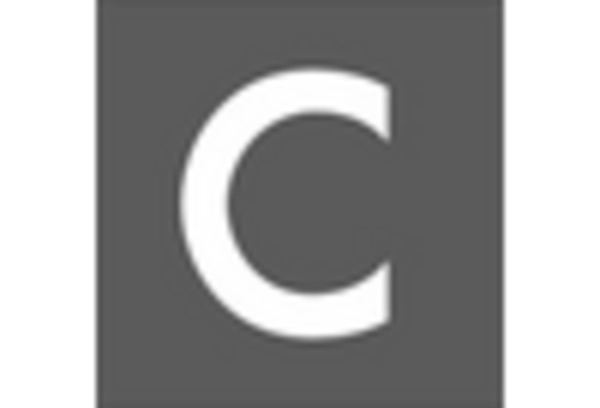


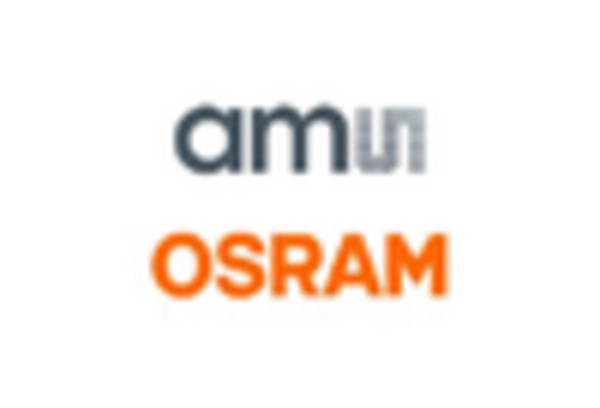

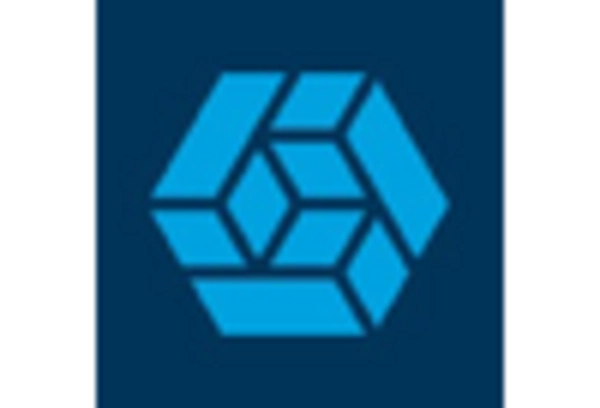








Leave a Comment